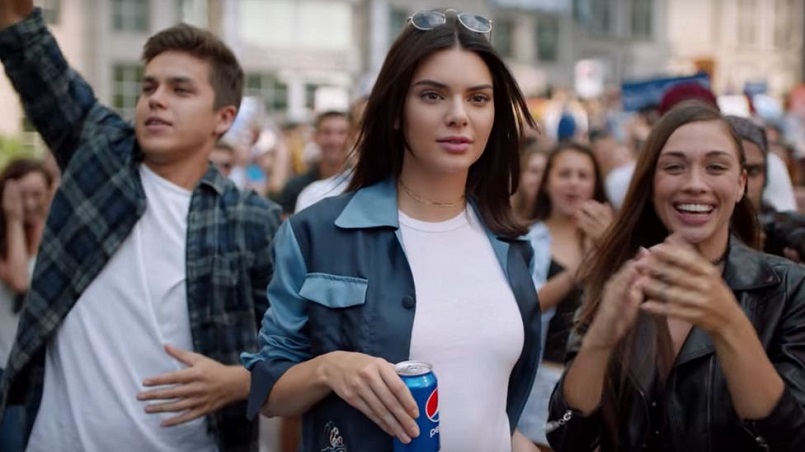
Marketing teams at some of the world's biggest brands haven't had the best of weeks.
Pepsi faced criticism after being accused of appropriating Black Lives Matter with its Kendall Jenner ad.
Nivea was also in trouble after using the slogan "white is purity" to advertise deodorant in the Middle East.
We asked Lillian Sor, an executive at UK advertising agency Grey London, to explain how big marketing campaigns like these get made.
Her clients include some of the country's biggest food and drink brands, along with high street shops.
"We get commissioned to work by marketing directors at big brands," she explains.
"They come to us with a business problem and we find a creative way to solve it."
What went wrong with Pepsi and Nivea?
"The creative process is all about empathising with your audience and really understanding the world they live in," says Lillian.
"I wonder if [Nivea and Pepsi] were a little bit more removed than that.
"It doesn't feel like these adverts were representative of what audiences wanted.
"I think it's the responsibility of brands to project the world that we want to live in and both brands have tried.
"Whether they are good enough attempts at echoing the public sentiment and a world that we want to live in is in question."
Step one - identify the problem
"The first step for us will be finding out what the business problem is," says Lillian.
"Their sales may have dropped and they want to re-inspire their audience, or they could have been out-priced by a competitor and they need a price change to get them back in the game."
Step two - how can we help the brand?
"What is the one thing we can say or do to make a change?" says Lillian.
"We then take this and find a creative way to tackle the problem, through an ad that goes out into the real world, a new product or by finding an influencer who can help."
Many influencers have built up a big social media following.
They can be vloggers, bloggers or Instagram stars and they will be used by companies to promote a particular image of the brand.
L'Oreal's latest campaign for example, features both celebrities like Cheryl and Dame Helen Mirren as well as YouTube stars Marcus Butler and Victoria McGrath.
Step three - creative development
"We will get our creative teams in to come up with the best way of connecting with our audience," says Lillian.
"This is when we bring in influencers or discuss what we want in a TV ad - we can create our concept and then present this to the brand.
"It depends on our clients as some have their own in-house advertising team, some have a marketing department but we always work alongside them.
"If we're making a visual ad we'll also speak to a director who'll help bring it to life."
Step four - checking the finished product
Lillian says that even when the advert is complete, it has to be approved by focus groups who fit the target audience.
"There's an editing process for ads once they've been commissioned," she explains.
"We'll talk to the audience and see what's on their mind.
"We always show the finished product to consumers to get their reaction and see if we've hit the mark and differentiated ourselves from other advertising they've seen."
